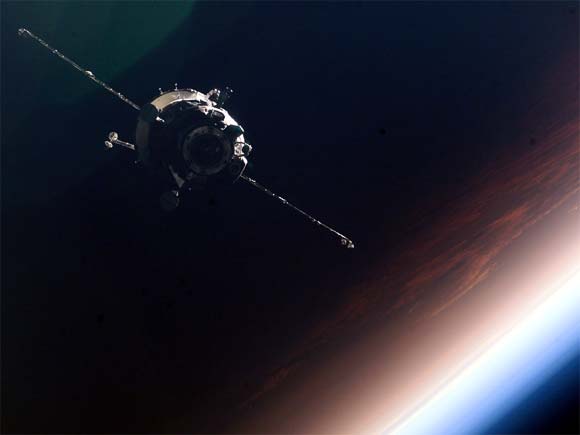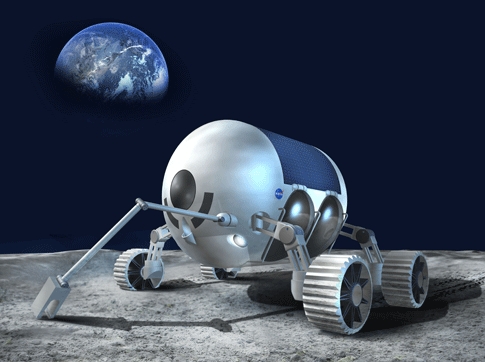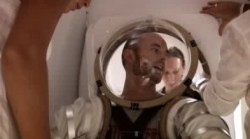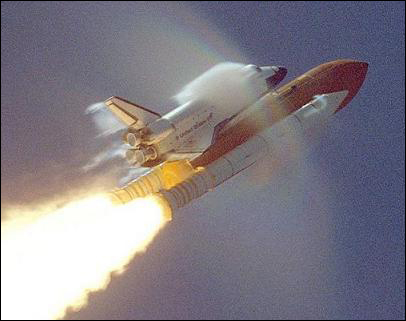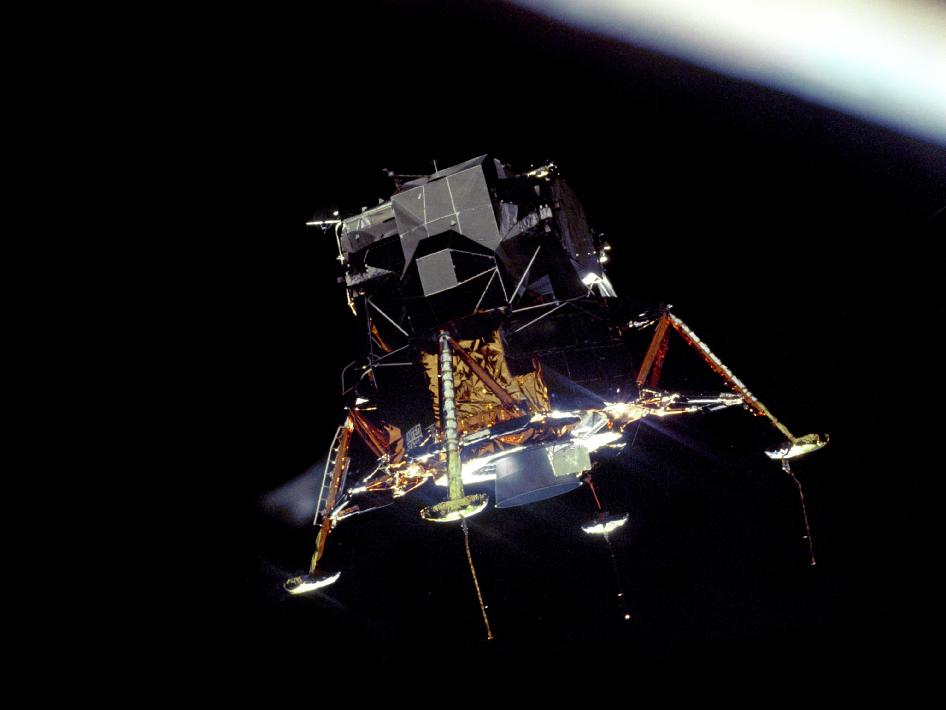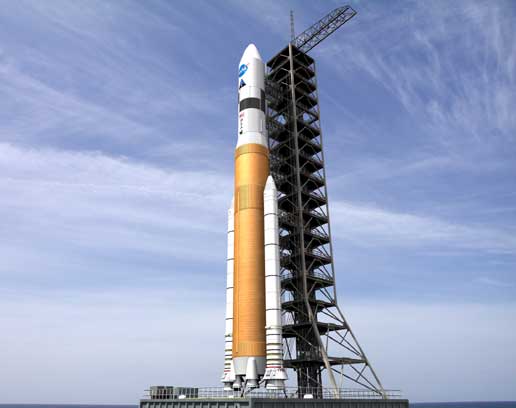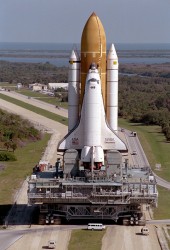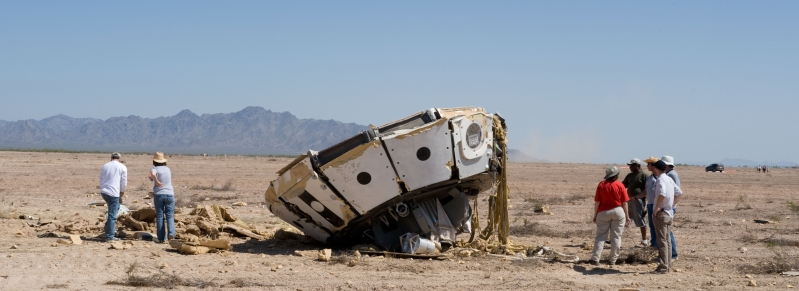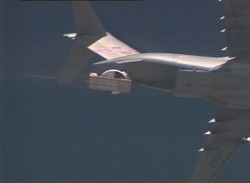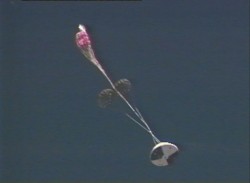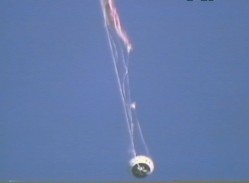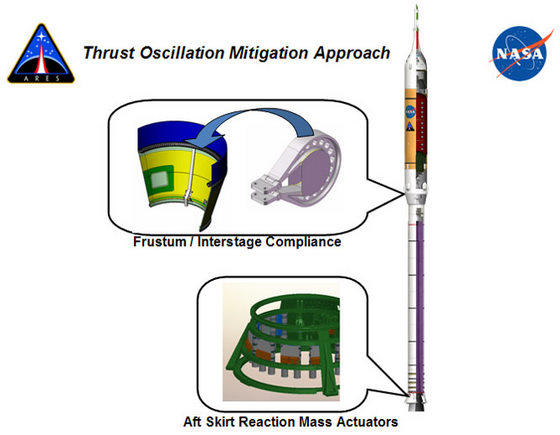[/caption]
NASA’s Johnson Space Center in Houston weathered Hurricane Ike fairly well, but damage to some buildings, including the roof of the Mission Control Center will need to be repaired before the facility is ready to open for normal operations. A space agency spokesman said it could be late this week or even sometime during the week of Sept. 21 before all the buildings would reopen. The 16,500 employees at JSC will also need to access and repair any damage to their own homes as well. JSC lost power, but essential systems were powered with generators. Controller for the International Space Station established a temporary control center at a hotel inland in Austin, Texas before Johnson was closed on Thursday. Working with another team at NASA’s Marshall Space Flight Center in Huntsville, Alabama, controllers are trying to fill in until Mission Control can re-open.
While there was some standing water, JSC was not affected by Ike’s Galveston Bay surge, but high winds caused roof damage and downed trees. Repairs and cleanup were under way on Sunday.
Meanwhile, the space agency has not assessed the impact of the storm on plans for the scheduled October 10 launch of the shuttle Atlantis on a mission to overhaul the Hubble Space Telescope and the November 12 date for launching shuttle Endeavour on a space station assembly mission, said David Waters, spokesman for United Space Alliance, NASA’s shuttle prime contractor.
Additionally, a resupply ship’s docking with the ISS was delayed, and it waits on orbit near the station. U.S. and Russian flight controllers hope to dock the unmanned Progress supply ship Wednesday at 2:43 p.m. EDT. The cargo craft was launched from the Baikonur Cosmodrome in Kazakhstan last Wednesday and originally was scheduled to dock Friday.
Sources: Houston Chronicle, Spaceflightnow.com


